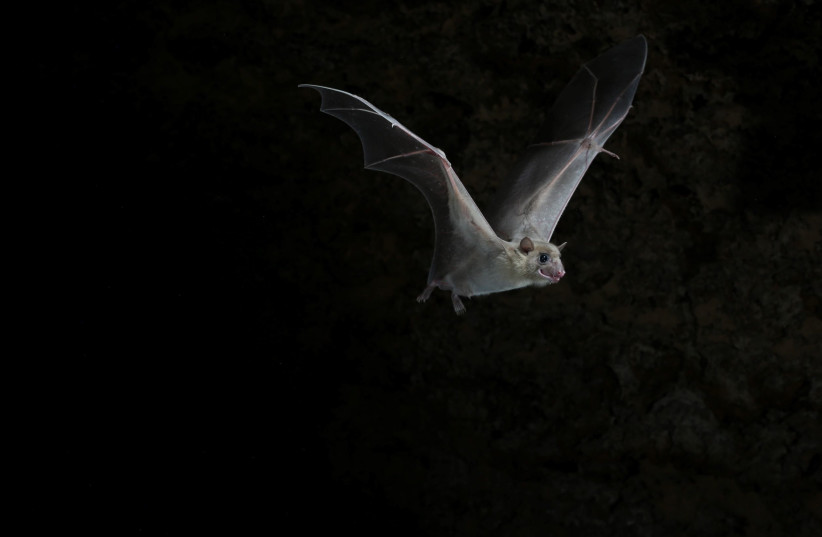Bats are one of the most unique and fascinating creatures on the planet. They are the only mammals capable of sustained flight and their ability to echolocate has fascinated scientists for centuries. However, despite the immense interest in bats, there is still much we don't know about their evolutionary history.
In a recent peer-reviewed study published in the scientific journal PLOS ONE, researchers describe the discovery of the oldest known bat skeletons, shedding new light on the evolution of these fascinating creatures. The fossils were found in the Green River Formation in Wyoming.
The researchers used micro-computed tomography (micro-CT) to scan the fossils and create 3D images of the skeleton. This allowed them to study the bats in incredible detail, including the shape and structure of their bones.
What kind of bats were the fossils?
The new species is related to Icaronycteris index and is a part of the Icaronycteridae family. The Onychonycteridae and Icaronycteridae families of archaic bats found in the Green River Formation are separate from known Old World lineages of archaic bats.
The other two species of Icaronycteris found in France and India are not part of this pamily. These findings suggest that there was a rapid radiation of bats on multiple continents during the early Eocene.

Bats have been around since the Eocene, which was a time when the earth was experiencing a significant rise in temperature. During this time, bats were found all over the world.
Even though there are over 70 different bat fossils from the Eocene period, we still don't know a lot about how bats evovled during this time.
Most of the bat fossils that have been found are isolated teeth, but there are a few complete skeletons that have been found in North America, Europe and Africa.
The oldest known articulated bat skeletons come from deposits in Wyoming, which are around 52.5 million years old. The discovery of these fossils pushes back the origin of bats by at least two million years.
Overall, the discovery of these fossils is a significant step forward in our understanding of bat evolution. By providing new insights into the earliest days of these fascinating creatures researchers can continue to unravel the mysteries of one of the most unique groups of animals on the planet.
